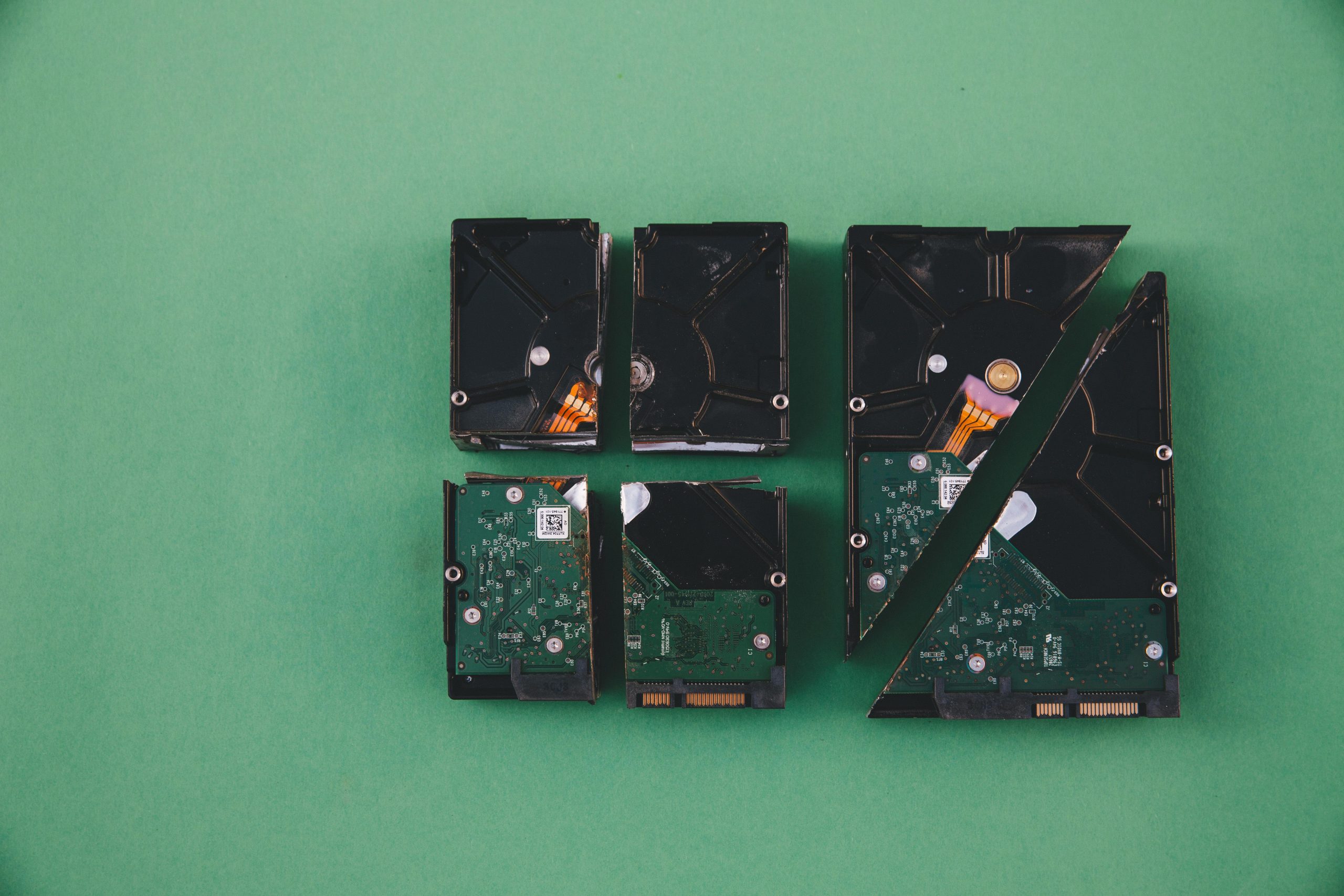Exploring Alternative Data Storage Solutions Beyond Traditional Hard Drives
In today’s digital landscape, data storage methods extend far beyond conventional hard drives. Sometimes, hardware issues can raise questions about where important data is located and how to access it, especially when dealing with laptops that have experienced failures or hardware anomalies.
Scenario Overview:
Consider a situation where a Dell laptop fails to display anything on the screen. Diagnostic indicators show three white lights accompanied by two yellow ones, which, according to Dell’s troubleshooting resources, point toward a battery error. Upon further inspection, the user discovers that the device lacks a hard drive, prompting questions about where crucial data might be stored.
Beyond the Hard Drive: Where Else Can Data Reside?
While the primary storage unit in most laptops is a hard drive or SSD, there are several other possibilities for where data might be stored:
- Solid-State Drive (SSD):
-
Modern laptops often use SSDs, which are faster and more compact than traditional HDDs. If an HDD is missing, an SSD might be inside, hidden or replaced. Always check carefully for any secondary storage components.
-
Embedded or Flash Memory:
-
Some devices have embedded memory chips or eMMCs (embedded MultiMediaCards). These are commonly found in ultrabooks or tablets and are usually soldered onto the motherboard, making data retrieval more complex.
-
Cloud Storage:
-
Data may also reside on cloud platforms if the user had synchronized or backed up files previously, which can sometimes be an alternative source of access if local data is unavailable.
-
RAM (Random Access Memory):
-
Although data stored in RAM is volatile and lost when power is disconnected, in rare forensic or recovery scenarios, parts of data may be recovered from RAM modules if the laptop is in a powered state, which is unlikely in this scenario.
-
External Storage Devices:
- External drives, USB flash drives, SD cards, or network-attached storage (NAS) may have been used or connected to the device previously, serving as alternative data repositories.
Additional Considerations:
-
Hardware Inspection: For a thorough assessment, physically inspecting the motherboard and internal components can help identify hidden or non-standard storage devices. In the described scenario, the absence of a hard drive suggests the device may have been simplified or designed differently, possibly as an educational device.
-
Security and Encryption: If the device previously had a hard drive
Share this content:



